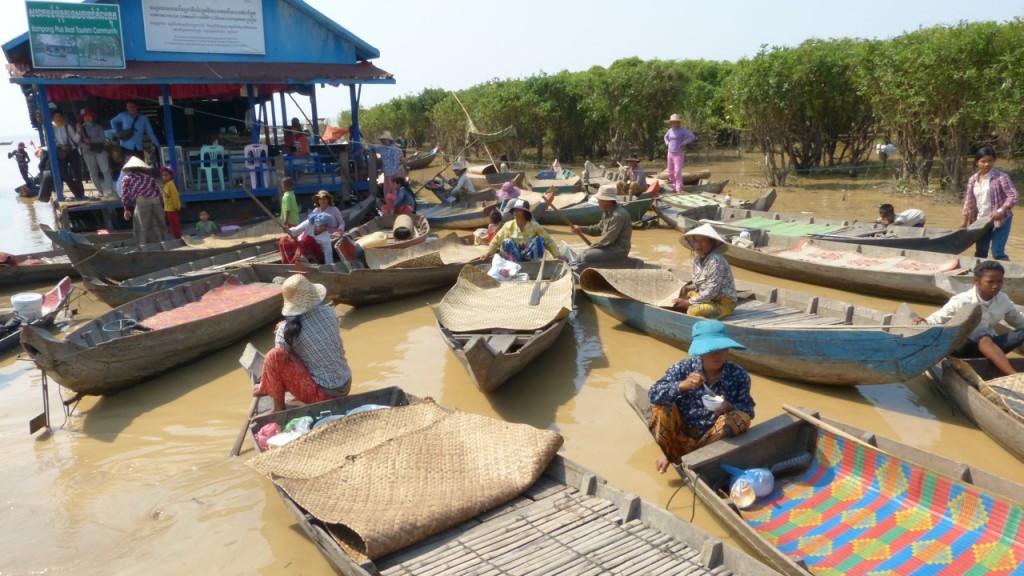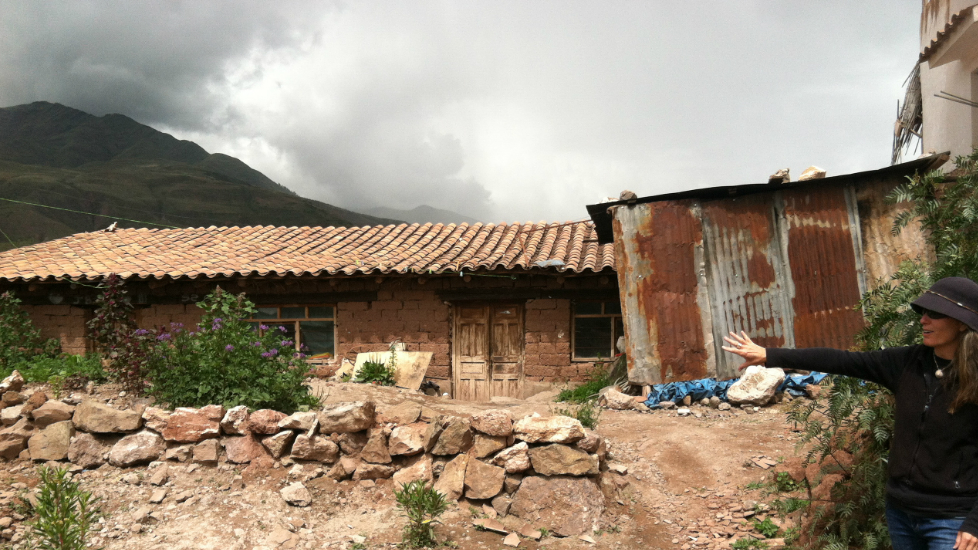In his opening remarks at a service-learning conference a quarter century ago, Goshen College president emeritus J. Lawrence Burkholder said he claimed only one credential for speaking at the event: He was a “born again” believer in international education.
As one who has co-led nine SSTs — in Dominican Republic, Costa Rica, Cuba, China, and Cambodia — I write today as one similarly reborn. And in the spirit of some Dominican evangelicals, I’ll testify to a series of rebirths during my years of teaching in a small, Mennonite, liberal arts college — recommitments to graceful living as well as to international education, and to service or experiential learning. God knows, I’m a believer.
But even back when I was a pagan, in my undergraduate years at a college that had no international education program, I intuitively recognized the need for and value of cross-cultural education and experiential learning. In my sophomore year, a friend and I spent six weeks of the Christmas break and January interterm backpacking and train-hopping our way through western Europe. We lived off of oranges and bread; toured museums, cathedrals and other historical sites; bedded down in the homes of any family that would take us in, or in youth hostels; and communicated in our halting French and German, smiling and gesturing profusely when we traversed Italy and Spain.

